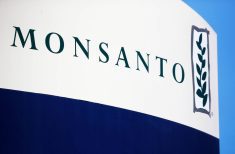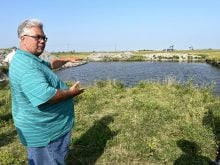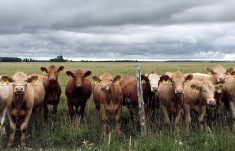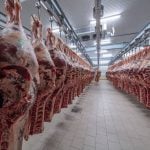My father doesn’t waterski much anymore, although I remember him as an avid skier when I was younger. I remember watching him cut the wake on the slalom, on the wakeboard, and even turning the occasional 180 on the trick skis.
Nowadays, though, inviting him to take a turn behind the boat is more likely to gain a comment about injury, about how he can’t afford a “bum anything” with harvest just around the corner.
That sentiment took on new significance as the province watched COVID-19 cases rise in the last few weeks.
Read Also
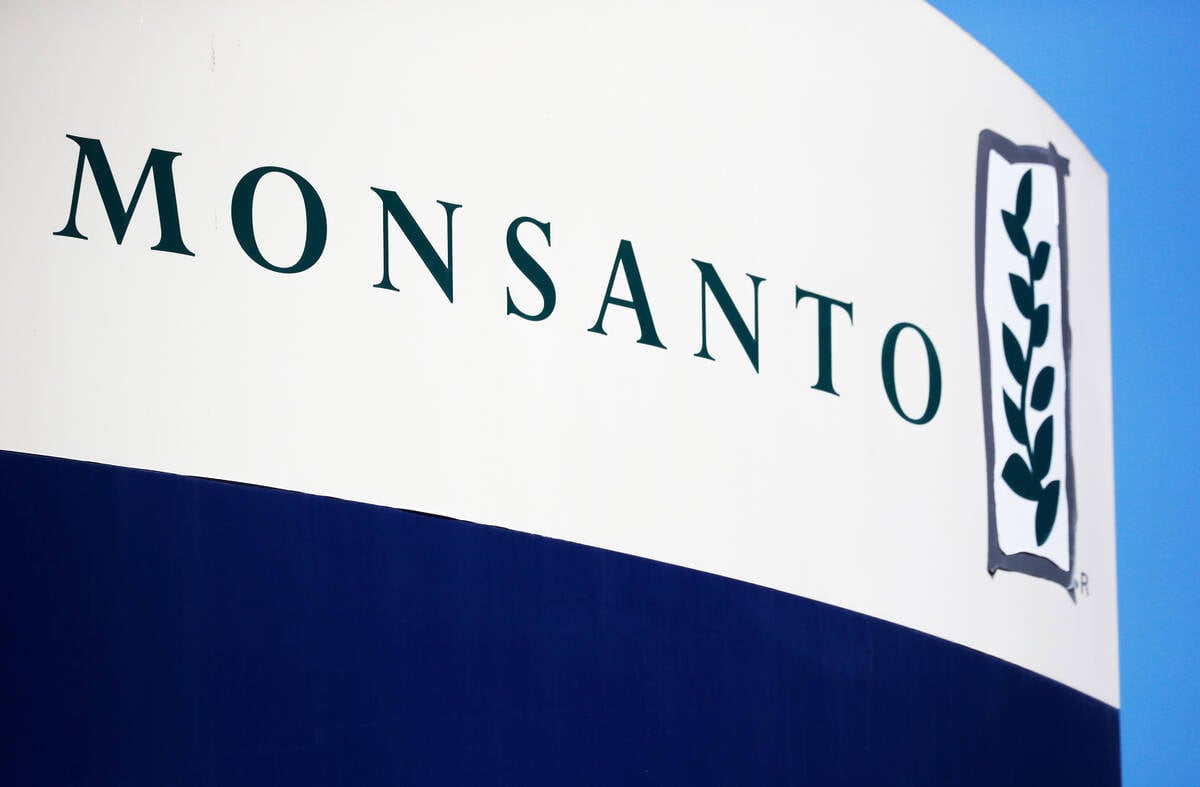
Roundup retraction makes public trust ripples
A foundational study on glyphosate safety was recently retracted, while Roundup maker Bayer has already said it may ditch the key agricultural herbicide after lawsuits piled up.
As our reporter Geralyn Wichers reported last week, Manitoba’s summer spike of COVID-19 cases has had a rural bent. It struck Hutterite colonies — fellow farmers, now also trying to get harvest in while managing outbreaks. It struck Brandon — a hub for parts runs and ag dealerships — and Brandon’s Maple Leaf Foods, something that, as Wichers reports for our Sept. 10 issue, has had significant impact on an already flagging Manitoba pork market. As of Sept. 4, the third-biggest COVID-19 hot spot in the province was still the Asessippi health district, where major population centres cap out at Russell.
The stories from COVID-19 recoveries (the Winnipeg Free Press published several in mid-August) don’t sound like anything a farmer in the middle of harvest can afford. Past the initial illness, many victims report weeks or months of fatigue, reduced respiratory capacity or strokes or other complications. It’s a daunting prospect given the physical and mental stress of harvest at the best of times.
COVID-19 cases worldwide have shown a sharp drop in health outcomes for older demographics. Meanwhile, the average age of the Canadian farmer is 55.
For single-operator farms, the question should be particularly significant. If that one operator gets sick now — can’t function properly for weeks — who will get this year’s income in the bin?
As one Rivers-area farmer, Clayton Robins, told the Co-operator last week, “You’d have to rely on your neighbours to come in and help if they’re able to.”
Single-operator farms in Canada accounted for just over 113,700 farmers in the last federal agriculture census in 2016. Within those, the average age was 56.2 years old, older than the average of all farmers in Canada.
In Manitoba, that translated to just under 9,400 farmers who would be reliant on the (admittedly, very good) track record of neighbours helping neighbours in crisis.
There are many things about harvest that farmers cannot control. Last year’s “harvest from hell” stands as a prime example — but many issues with COVID-19 arguably don’t qualify.
We’re not talking about a hazmat suit. We are talking about reasonable, minimally inconvenient measures that, quite apart from feeding into COVID-19 panic, are rational prevention for farmers to protect themselves, their family and staff, and generally continue with business.
The loss of coffee shop talk is a hit to the social fabric of farming, no doubt. While the weather holds, however, could farmers not purchase that coffee and instead gather outside for the daily chatter? Such “tailgate coffee” would still support local business and maintain social contact safely.
When walking into agribusinesses, social distancing is often more about breaking habit than real inconvenience. Put things on counters rather than directly handing them off. Sanitize or wash hands when entering and leaving a building. And yes, wear a mask in public businesses, which are a confined space and at greater risk.
On-farm safety experts from the Keystone Agricultural Producers have stressed basic plans, as applicable to a farmer down with a broken leg as one sick with COVID-19. Should the farmer be suddenly unavailable, those experts argue, regular status reports, contact lists and to-do lists may go a long way to ease things for everybody.
For farms with more staff, cleaning cabs between drivers, tracking who is using which machine and when and keeping equipment separate may, indeed, cost more time and money, but likely less than having those staff out sick for weeks.
And, in the end, agriculture should be good at this.
As a sector, agriculture and agri-food is arguably more aware of biosecurity than other industries. Farmers are asked to clean equipment between fields to avoid spreading soil-borne diseases like clubroot. They’re used to prevention measures against things like porcine epidemic diarrhea on hog farms. They deal with plant and animal disease every day.
They also buy insurance against worst-case scenarios, develop succession plans and manage risk against unpredictable variables like weather.
Why should this worst-case scenario be any different?



